Yashasvi Baweja
Anomaly Detection-Based Unknown Face Presentation Attack Detection
Jul 11, 2020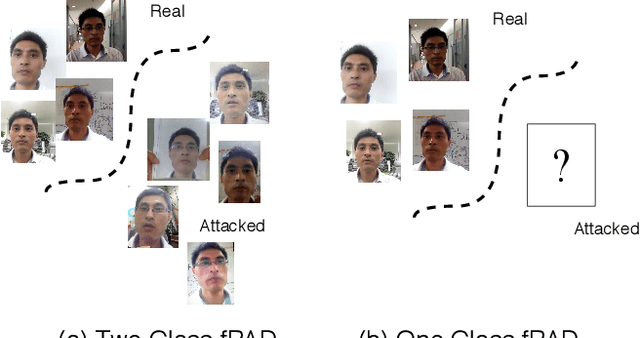

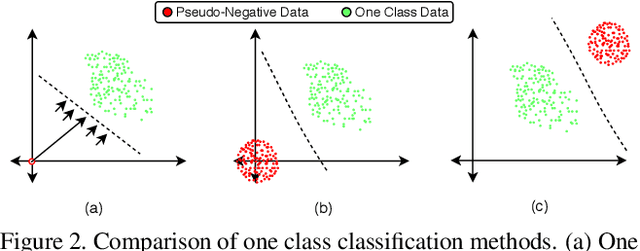
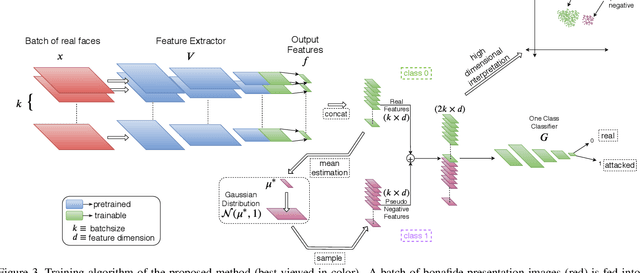
Abstract:Anomaly detection-based spoof attack detection is a recent development in face Presentation Attack Detection (fPAD), where a spoof detector is learned using only non-attacked images of users. These detectors are of practical importance as they are shown to generalize well to new attack types. In this paper, we present a deep-learning solution for anomaly detection-based spoof attack detection where both classifier and feature representations are learned together end-to-end. First, we introduce a pseudo-negative class during training in the absence of attacked images. The pseudo-negative class is modeled using a Gaussian distribution whose mean is calculated by a weighted running mean. Secondly, we use pairwise confusion loss to further regularize the training process. The proposed approach benefits from the representation learning power of the CNNs and learns better features for fPAD task as shown in our ablation study. We perform extensive experiments on four publicly available datasets: Replay-Attack, Rose-Youtu, OULU-NPU and Spoof in Wild to show the effectiveness of the proposed approach over the previous methods. Code is available at: \url{https://github.com/yashasvi97/IJCB2020_anomaly}
Heterogeneity Aware Deep Embedding for Mobile Periocular Recognition
Nov 02, 2018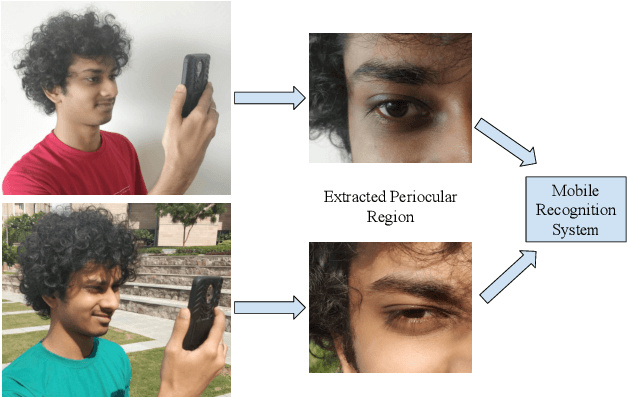
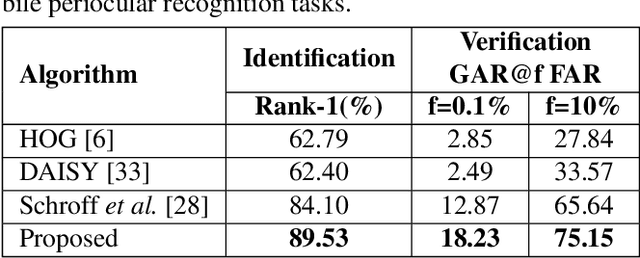
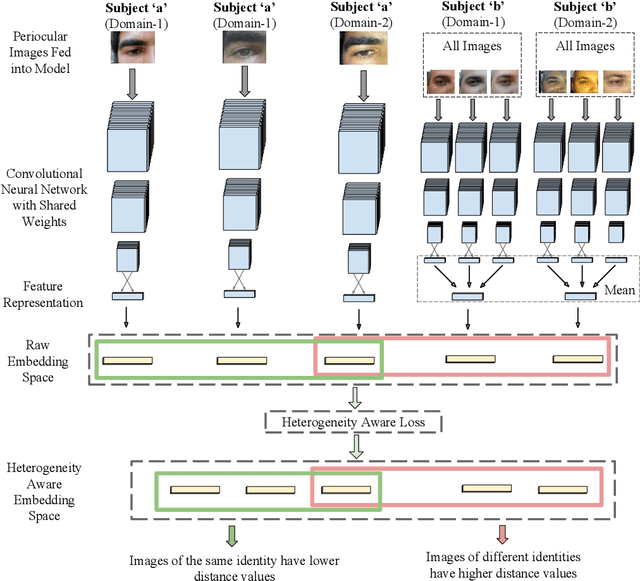
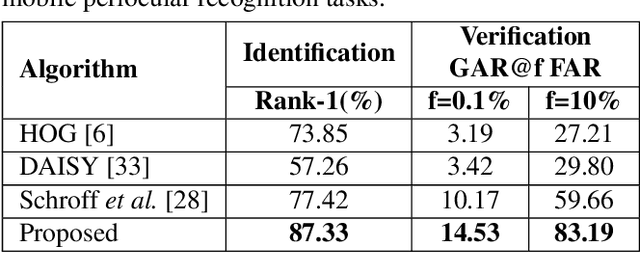
Abstract:Mobile biometric approaches provide the convenience of secure authentication with an omnipresent technology. However, this brings an additional challenge of recognizing biometric patterns in unconstrained environment including variations in mobile camera sensors, illumination conditions, and capture distance. To address the heterogeneous challenge, this research presents a novel heterogeneity aware loss function within a deep learning framework. The effectiveness of the proposed loss function is evaluated for periocular biometrics using the CSIP, IMP and VISOB mobile periocular databases. The results show that the proposed algorithm yields state-of-the-art results in a heterogeneous environment and improves generalizability for cross-database experiments.
 Add to Chrome
Add to Chrome Add to Firefox
Add to Firefox Add to Edge
Add to Edge